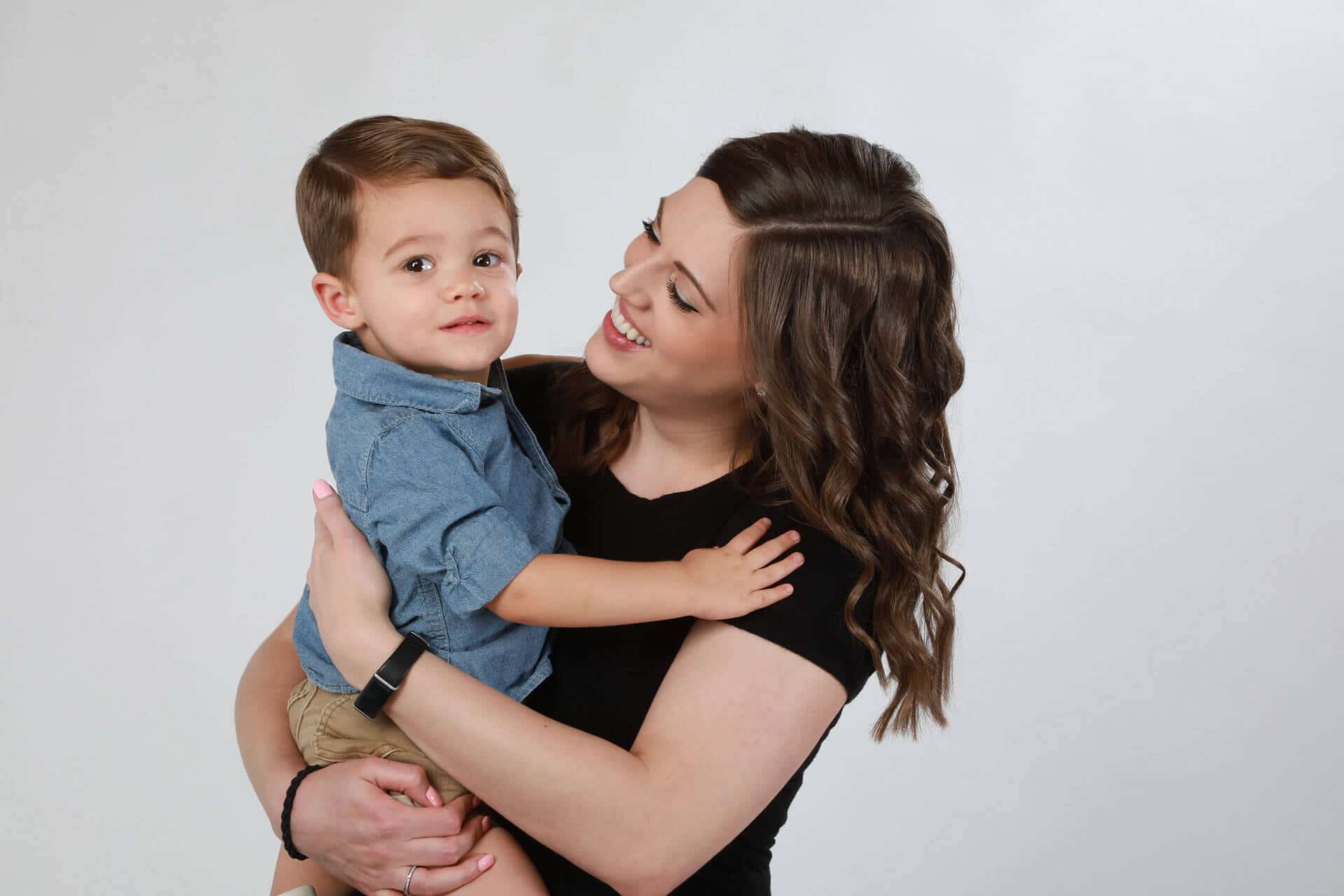Solace Blog
- Activities19
- Autism & Behavioral4
- Community154
- Early Intervention71
- Events & Giving Back20
- Extraordinary Kids22
- Family Caregiver4
- Home Care Therapy60
- News94
- Parent Articles83
- Patient Testimonial21
- Pediatric Therapy77
- Pediatric Therapy Career46
- Private Duty Nursing1
- School-Based Services1
- Telehealth Therapy27
- Tips & Advice66
Summer Reading List: Books to Inspire Therapist Growth
Cooling Off with Aquatic Therapy: Benefits and Best Practices
Sensory Activities For Kids

From School To Home: Christian’s Shift To Impactful Therapy
Speak, Listen, Connect: 6 Communication Strategies for Therapists

Ear Tubes for Children: Learn the Benefits and Risks
Ear tubes are tiny tubes made of metal or plastic. During ear tube surgery, a small hole is made in the eardrums and the tubes are inserted. The opening to the middle ear (the area behind the eardrum) lets air flow in and out. This keeps air pressure even between the middle ear and the outside, and helps to drain fluid that builds up behind the eardrum.
How Common are Ear Tubes for Children?
About one million children each year have tubes placed in their ears. The most common ages are from 1 to 3 years old. By the age of 5 years, most children have wider and longer eustachian tubes (a canal that links the middle ear with the throat area), allowing better drainage of fluids from the ear.
What Happens During Surgery?
The surgeon will make a small hole in each eardrum and remove fluid from the middle ear using suction (learn more about surgery here). Because the surgeon can reach the eardrum through the ear canal, there are no visible cuts or stitches. The surgeon will finish by putting the small metal or plastic tube into the hole in the eardrum. Ear tubes come in a variety of sizes, shapes and materials that allow surgeons to best fit the tube to your child, but they’re all designed to create an artificial hole in the eardrum to ventilate the middle ear. Ear tube surgery usually takes about 10 to 15 minutes. This is a very common and safe procedure, although there are risks with any surgery, including infection, bleeding, and problems with anesthesia.
The Benefits of Ear Tubes for Children
Ear tubes help restore ventilation and drainage of the ear. Ear tube placement often results in:
- Reduced risk of ear infections
- Restored or improved hearing
- Improved speech (learn more about our in-home speech therapy here)
- Improvements in behavior and sleep problems related to frequent or persistent ear infections
- Even with ear tubes, your child may still get an occasional ear infection.
Usually, ear tubes stay in the eardrum for six to nine months and then fall out on their own. Sometimes, a tube doesn’t fall out and needs to be surgically removed. In some cases, the ear tube falls out too soon, and another needs to be put in. Fortunately, ear tubes require relatively little follow-up. Work with your doctor (here are a few tips on finding the right one for your family) to determine if ear tubes would help your child!
Share this Post